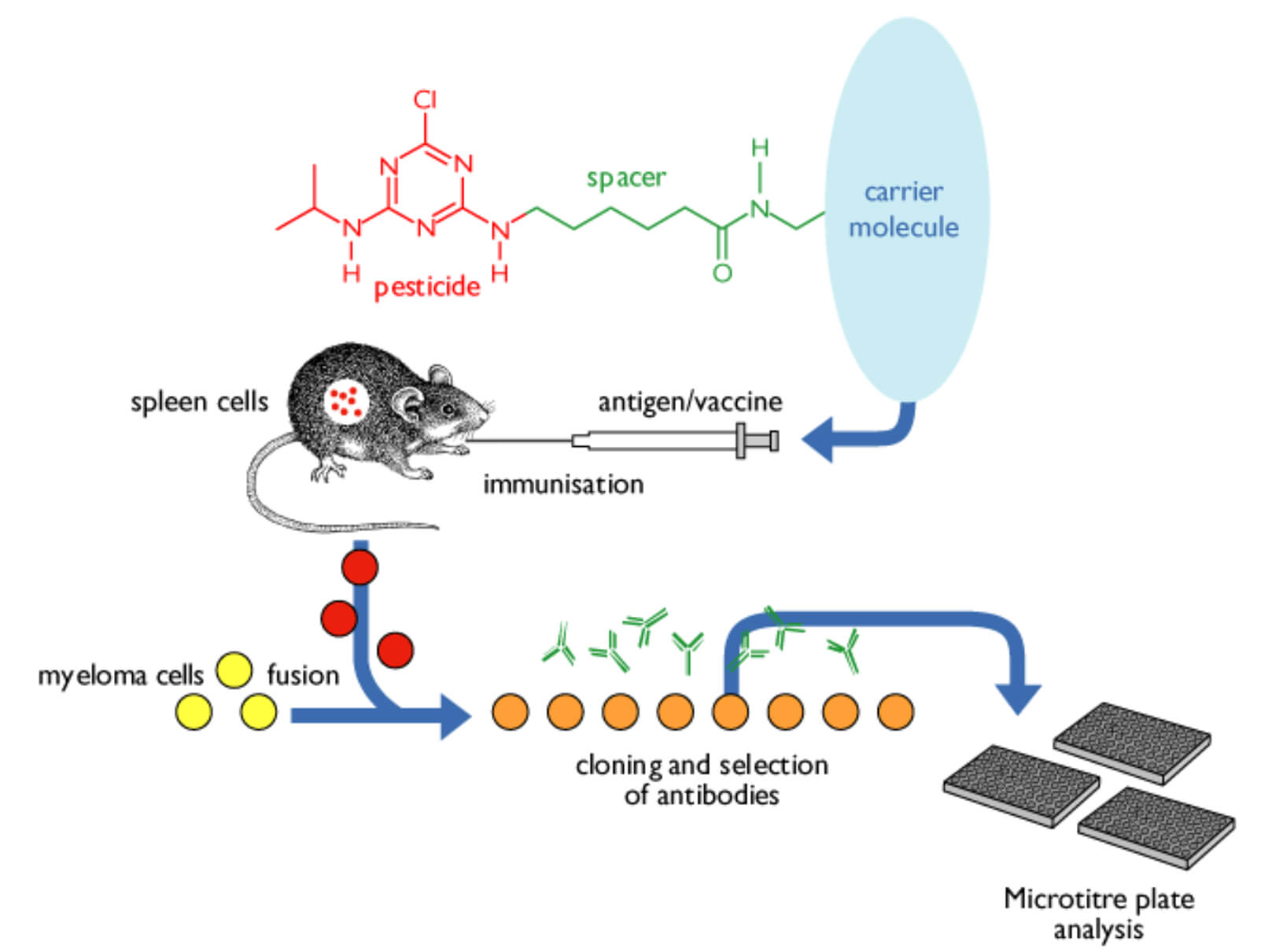
How to Cite
Share
Abstract
Groundwater is the major source of drinking water in many European countries, and in Denmark alone it accounts for more than 99% of the drinking water supply. Within the past decade pesticide residues have frequently been detected in groundwater, in many cases at levels exceeding the 0.1 µg/l limit set by the European Community. As a consequence, drinking water abstraction wells have had to be closed in many places in Denmark and other European countries, and a vast amount of money is expended to monitor groundwater pesticide levels. A degradation product of the herbicide dichlobenil, 2,6-dichlorobenzamide (BAM), is the most common cause of drinking water well closure in Denmark. Triazines and their metabolites also contaminate groundwater in many countries, and pose a similar risk to the drinking water supply. Analysis of most pesticides and their degradation products is usually carried out by concentrating the samples by solvent extraction, and identifying the contaminants using gas chromatography (GC) or high-pressure liquid chromatography (HPLC) combined with mass spectrometry (MS). These methods, although robust and well established, are very time-consuming and require specialised instrumentation. The large quantity of solvents used is another draw back to these methods, as the solvents themselves may be carcinogenic and are also well known contaminants of groundwater. The development of cheap, more sensitive and more rapid pesticide assays is therefore urgent. Due to their very high sensitivity, immunological methods have long been used in biological science for analysing a large variety of organic structures, but have only recently been introduced to environmental analysis. The benefit of such assays is primarily their high sensitivity, which allows the analysis to be undertaken without the need to concentrate the samples, but also the facility of dealing with large numbers of samples. Compared to conventional analyses, immunological methods face two major drawbacks – one related to specificity and the other to the fact that only very few chemicals can currently be analysed simultaneously. The crux of the specificity problem is that although antibodies react very specifically with particular chemical structures, these same structures may be present in analogous compounds. Thus antibodies developed to recognise, for example the herbicide atrazine might also recognise other triazines (Bruun et al. 2001). An important scientific challenge is therefore the development of highly specific assays recognising each individual compound, as well as assays recognising groups of related chemicals. With respect to the simultaneous analysis of numerous chemicals, this can be resolved by implementing the new biochip technology, which incorporates the parallellity of sample screening. On a pesticide biochip many specific immunological assays are carried out in isolated small spots on a glass or polymer surface. Each spot has a size of approximately 150 micrometers and forms a specific analysis. Such a miniaturised platform will be usable for monitoring programmes where water samples have to be screened for a range of chemical contaminants. The overall objectives of this study have been (1) to develop immunoassays for high-sensitivity analysis of specific pesticides and chemically related groups of pesticides, and (2) to transfer the developed assays to a miniaturised biochip platform in a manner allowing analysis of several pesticides simultaneously.
How to Cite
Share
Downloads
Editors: Martin Sønderholm & A.K. Higgins
The Review of Survey activities presents a selection of 23 papers reflecting the wide spectrum of activities of the Geological Survey of Denmark and Greenland, from the microbial to the plate tectonic level.
The Survey's activities in Denmark are documented by ten papers. These include discussion of the [...]










